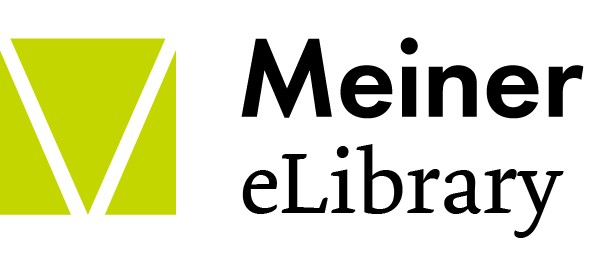- Startseite /
- Morphologie, Transformation und Übersetzbarkeit
Gesamtverzeichnis
- Philosophische Bibliothek
- Jahrbücher | Bei- & Sonderhefte
-
Monographien & Reihen
- Monographien
- Beihefte zu den Acta Cusana
- Blaue Reihe
- Cassirer-Forschungen
- Chronik der philosophischen Werke
- Grundriss
- Hegel-Deutungen
- Kant-Forschungen
- Kritische Studien (eBook)
- Methoden im Philosophie- und Ethikunterricht
- Paradeigmata
- Philosophisch-Literarische Streitsachen
- Schriften zur Transzendentalphilosophie
- Sino-philosophica
- Studien zum 18. Jahrhundert
- Topos poietikos
- zu Klampen Essay (eBook)
- Nachschlagewerke & Lexika
- Philosophiedidaktik
-
Werk- & Gesamtausgaben
- Boeckh, August | Encyklopädie der Philologie
- Bruno, Giordano | Werke
- Carnap, Rudolf | Tagebücher
- Cassirer, Ernst | Gesammelte Werke. Hamburger Ausgabe
- Cassirer, Ernst | Nachgelassene Manuskripte und Texte
- Corpus Philosophorum Teutonicorum Medii Aevi (CPTMA)
- CPTMA | Beihefte zum Corpus
- Frege, Gottlob | Nachlaß und wissenschaftlicher Briefwechsel
- Hegel, G.W.F. | Gesammelte Werke
- Hegel, G.W.F. | Vorlesungen. Ausgew. Nachschriften u. Manuskripte
- Helmholtz | Philosophische und populärwissenschaftliche Schriften
- Jacobi, Friedrich Heinrich | Werke
- Leibniz, Gottfried Wilhelm | Philosophischer Briefwechsel
- Marcuse, Herbert | Nachgelassene Schriften (eBook)
- Nelson, Leonard | Gesammelte Schriften
- Nicolai de Cusa opera omnia
- Nikolaus von Kues | Acta Cusana. Quellen zur Lebensgeschichte
- Pieper, Josef | Werke
- Reich, Klaus | Gesammelte Schriften
- Schelling, F.W.J. | Philosophische Entwürfe und Tagebücher
- Sonnemann, Ulrich | Schriften (eBook)
- Strauss, Leo | Gesammelte Schriften
- Thomas von Aquin | Quaestiones disputatae
-
Zeitschriften | Bei- & Sonderhefte
- Archiv für Begriffsgeschichte (AfB)
- AfB - Sonderhefte
- Exit! Krise und Kritik der Warengesellschaft
- Kulturwissenschaftliche Zeitschrift (KWZ)
- Phänomenologische Forschungen (PhäFo)
- PhäFo - Beihefte
- Zeitschrift für Ästhetik und Allg. Kunstwiss. (ZÄK)
- ZÄK - Sonderhefte
- Zeitschrift für Kulturphilosophie (ZKph)
- Zeitschrift für kritische Theorie (ZkT)
- Zeitschrift für Medien- und Kulturforschung (ZMK)
- Elektronische Publikationen
- Sonderangebote
- Wieder lieferbar | BoD
- Autoren & Herausgeber
- Hausantiquariat


Neu erschienen













